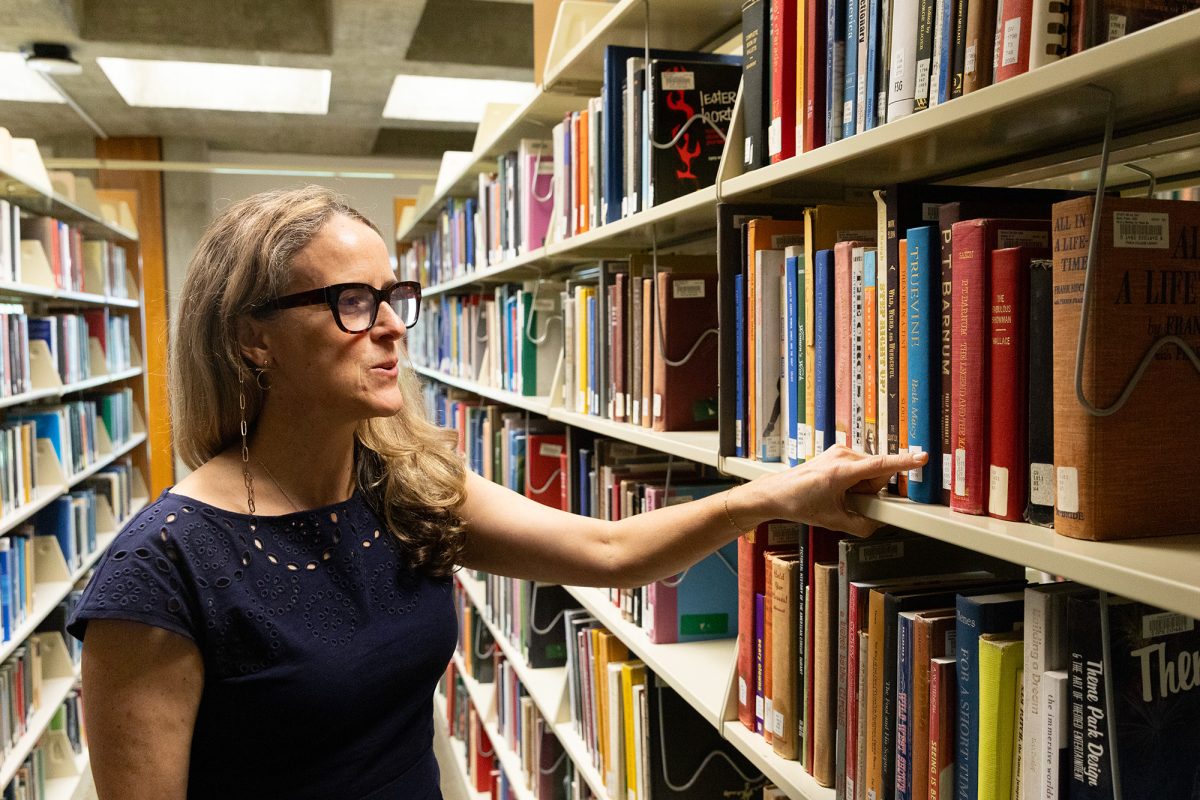Nia Nunn, associate professor in the Department of Education at Ithaca College, is the president of the Community Unity Music Education Program, which helps uplift children’s voices and awareness through unique teaching styles and traditions.
Through a combination of original short songs and lessons, Nunn teaches participants valuable life lessons like the ability to speak up for themselves and others. CUMEP educates children by employing music, performance and awareness on social justice issues to promote a welcoming and well-rounded environment for all participants in the program. With help from her team of CUMEP graduate students and counselors, Nunn oversees the location in Ithaca and soon others as CUMEP expands.
Contributing writer Jacob Gelman sat down with Nunn to talk about the values and origins of CUMEP.
This article has been edited for length and clarity.
Jacob Gelman: In your own words, how would you describe the Community Unity Music Education Program from a learning, musical and community perspective?
Nia Nunn: CUMEP teaches the foundation of kindness, creativity and community. It’s the heartbeat of the entire experience. It’s joy. The three pillars that we focus on primarily are around self–knowledge, self–love, self–awareness or self–discovery. That’s the first pillar. The second pillar is very metacognitive. It’s about learning how you learn and understanding and appreciating people’s various learning styles and experiences. So that second pillar is really about academic success, and then the third pillar is about social and civic responsibility … where everybody’s done that reflective work. You honor your learning, and then you spend some time reflecting on who you’re bringing into spaces and how you’re contributing to a society, to a classroom, to a community. Really, anyone 12 and up is a teacher. We are able to teach a variety of really powerful human rights, Black consciousness, [and] human consciousness lessons and work in a performing arts flavor. We fall in love with literacy and utilize books that we fall in love with to teach so many different concepts … oftentimes by taking quotes and turning them into songs.
JG: What is your background in the arts and music, and what inspired you to bring [them] to the classroom?
NN: How I teach is … similar to how I was raised. There’s always something musical, there’s always some kind of rhythm, colors, and it may be just because that always matched my learning style. So that was so much of … how I was parented. But I also had the privilege of having exposure to the arts. I started ballet, tap, some of the traditional dance, exposure and storytelling. I will never forget the first time I told this story, and I’m really vibrant in personality … super dramatic and always have been, but there was a space for it. There’s the stage and storytelling.
JG: Could you elaborate on how this process of giving children more responsibility as they grow older works and how it relates to the expansion of the program?
NN: The beautiful thing is, we have 21 years worth of footage and photos of some of our big leaders now who were once little ones. So there’s just this really beautiful journey that we’re able to study as the leaders grow. My father jokes all the time … when [CUMEP] first started, there were 16 kids and two Ithaca College students. And now we’re above … 40 college students in the Department of Education, we have a graduate program. So we have a master’s program, a major [and] a minor, so the students who are in … our master’s program, their field experience is with CUMEP. So that’s been exciting … to witness how some of the teachers in the school district who went through our program and who went through CUMEP make some of the heartbeat and foundation of the CUMEP experience a part of their teaching.















